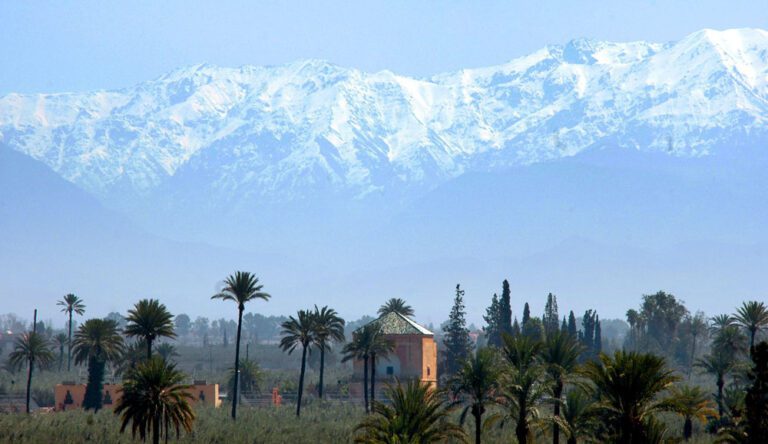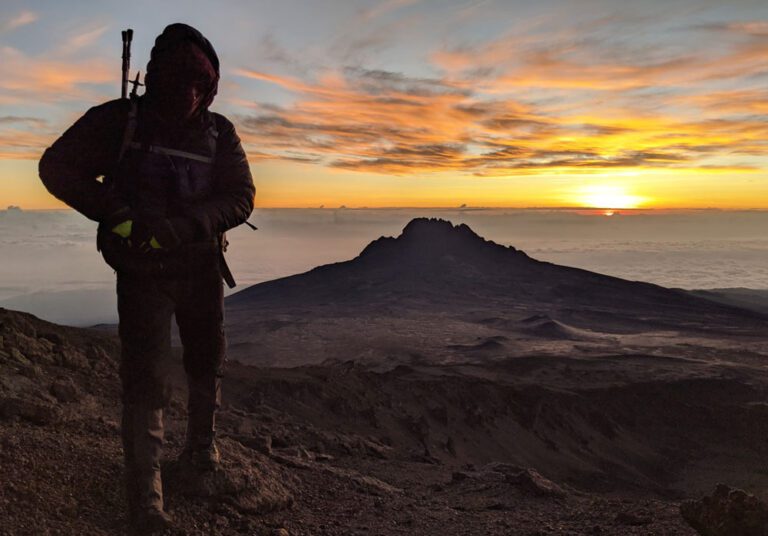Avoid the Crowds and Enhance Your Experience: The Best Time to Visit Tanzania in 2023
Last updated on June 8th, 2023 at 07:58 pm
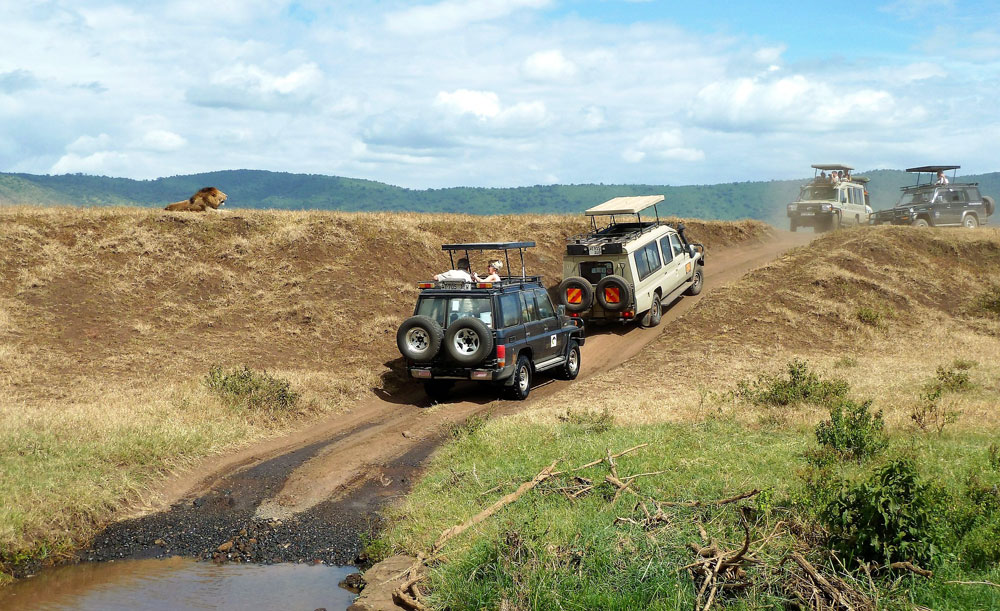
Tanzania is a breathtaking destination that offers a unique blend of wildlife, culture, and adventure. From the majestic Serengeti to the stunning beaches of Zanzibar, this East African country is a must-visit for any discerning traveler. However, with its popularity comes large crowds that can sometimes detract from the experience. That’s why knowing when to visit Tanzania is crucial to ensure a more enjoyable and personalized trip.
In this article, we’ll delve into the best time to visit Tanzania and avoid the crowds. We’ll explore the different seasons, weather patterns, and events that can impact your trip, as well as provide insider tips on how to make the most of your time in this incredible destination. So, whether you’re planning a safari adventure or a beach getaway, read on to discover the best time to visit Tanzania.
Factors to consider when choosing the best time to visit Tanzania
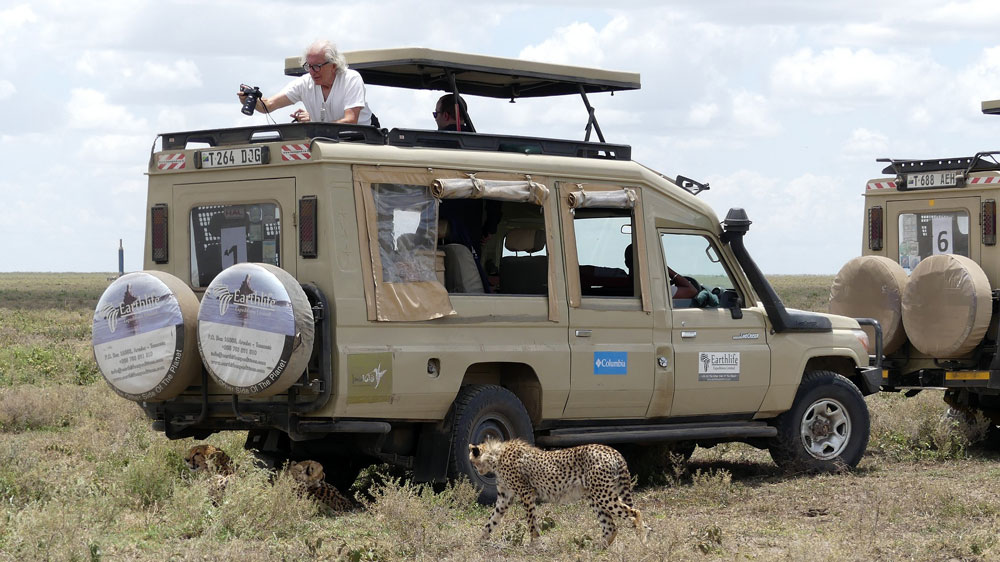
Deciding the best time to visit Tanzania in 2023 depends on various factors including weather, your preferred activities, and crowd levels. Given Tanzania’s vastness, climatic conditions can vary dramatically. Coastal regions often are hot and humid, while inland regions exhibit a semi-arid climate.
Peak tourism seasons typically run from June to October and December to February. During these high seasons, popular spots like Serengeti National Park and Zanzibar’s beaches can be crowded, and prices for accommodation and activities tend to spike. For budget-minded travelers or those seeking fewer crowds, the low seasons or off-peak periods may be preferable.
Your activities also significantly influence the best time for your Tanzania safari. The great wildebeest migration at the Serengeti has peak times for specific events like river crossings and calving season. If your goal is to witness the dramatic Mara River crossing, July and August are the best months to visit. Meanwhile, if you’re eager to see newborn calves during the calving season, January to February is your ideal time.
The dry season from June to October offers fantastic wildlife viewing opportunities not just in the Serengeti but also in Tarangire National Park and the Ngorongoro Crater. This is also the perfect time to visit Zanzibar’s beaches.
For mountain climbers, the best time to tackle Kilimanjaro is during the dry months. Remember, Tanzania’s rain patterns are marked by two rainy seasons: the short rains (October to December) and the long rains (March to May). Therefore, if you’re flexible with travel dates, rainfall patterns should influence your decision.
Tanzania’s weather patterns
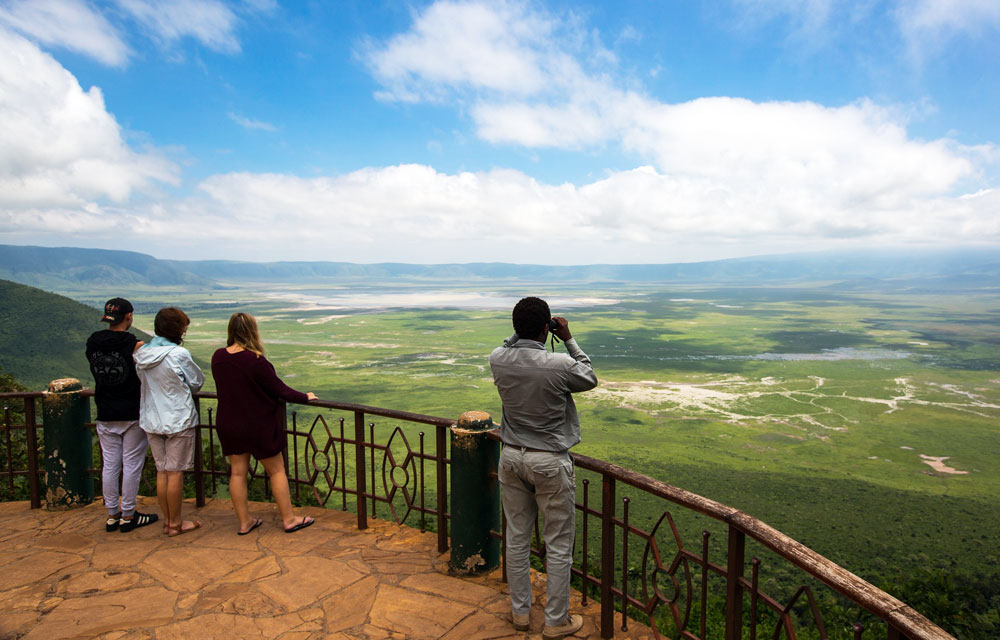
Tanzania’s weather boasts two primary seasons: the dry spell from June to October and the wet period from November to May.
Coastal areas, including the islands of Zanzibar, are hot and humid, with temperatures ranging from 77°F to 86°F (25°C to 30°C). June to September presents the best time to visit these regions, offering dry and sunny weather ideal for a beach vacation. However, during the rainy season, outdoor activities might be hampered by high humidity and heavy rainfall.
Inland, the Serengeti National Park and Ngorongoro Crater experience a semi-arid climate with two distinct rainy seasons. Short rains grace the landscape from October to December, and long rains from March to May. Wildlife viewing is optimal during the dry season when the vegetation thins and animals gather around water sources. The dry season in Tanzania is also the best time to witness the Great Migration’s river crossings.
For those planning to trek Kilimanjaro or enjoy a safari in the Northern Circuit, including the Tarangire National Park, the dry season offers the best conditions. Whether you’re aiming to see the wildebeest calving in southern Serengeti from January to February or planning to travel to Tanzania for the first time in 2023, understanding Tanzania’s climate helps in choosing the best time to visit Tanzania.
Peak tourism seasons in Tanzania
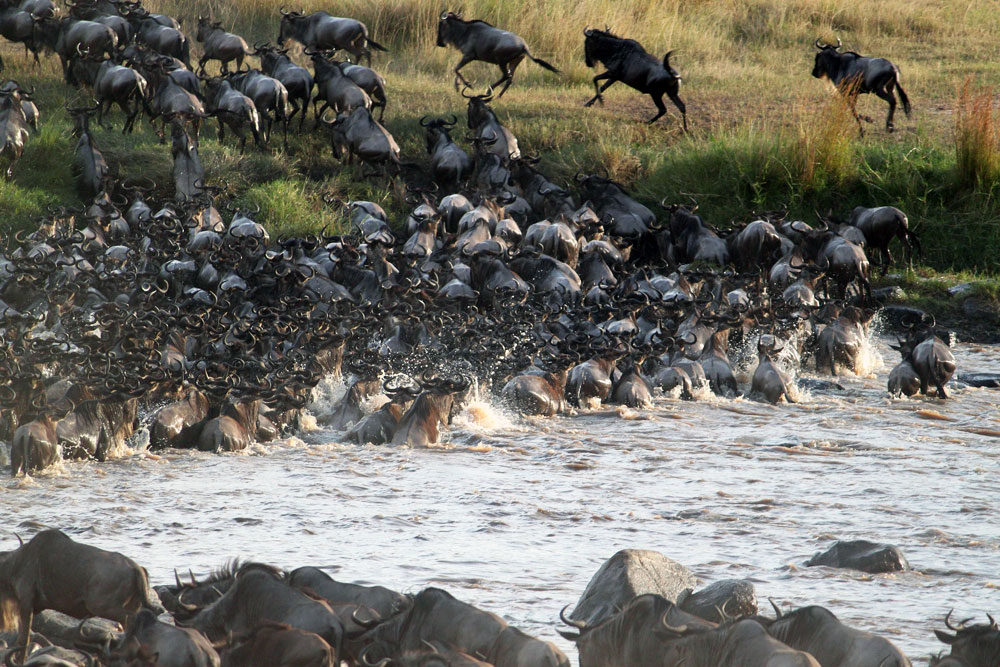
Tanzania’s high tourism seasons span June to October and December to February, with national parks bustling with wildlife enthusiasts and beaches dotted with sun-seekers. Accommodation and activities often peak in cost during these periods.
However, this is also the best time for safari trips, particularly in the Serengeti National Park and Ngorongoro Crater, offering unrivaled wildlife viewing and the spectacle of the Great Migration, especially the Mara River crossings.
The advantages of visiting Tanzania during off-peak seasons
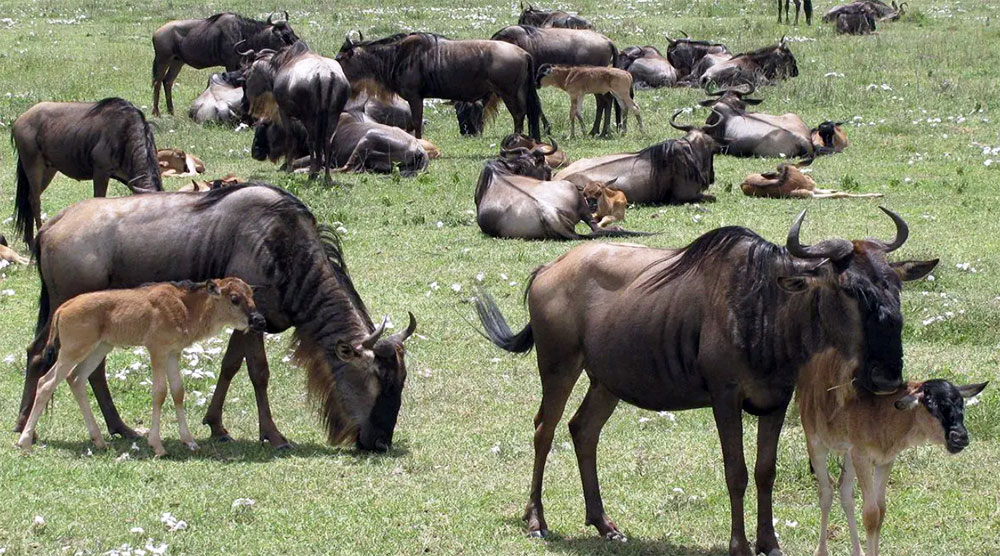
For budget-conscious travelers or those desiring fewer crowds, the low seasons, from March to May and November to December, are worth considering. Visitor numbers dwindle during these periods. This period also coincides with the calving season in southern Serengeti, a remarkable time to witness the circle of life in action. With less congestion of safari vehicles, your wildlife viewing chances improve significantly.
Furthermore, traveling during the low season is easier on your pocket. Accommodation rates drop and you can secure better deals for your trip, including exciting game drives and beach activities in Zanzibar. Also, with the onset of short rains in October and November, Tarangire National Park and Arusha National Park become havens for migratory birds, offering a unique treat for bird watchers.
Do keep in mind, the off-peak period overlaps with the long and short rainy seasons, and weather conditions can be unpredictable. Some activities may be limited due to rain, particularly during April and May, the wettest months. But irrespective of the season, Tanzania offers an unforgettable safari experience, a chance to climb Kilimanjaro, and relaxation on the stunning islands of Zanzibar, making any time a good year-round choice for visiting Tanzania.
Finally, the off-peak period is the perfect time to immerse yourself in Tanzania’s rich culture. With fewer tourists, there’s a greater chance for meaningful interaction with locals, giving you firsthand experience of their traditions and customs. Thus, visiting Tanzania in the off-peak season could be one of the best times for those seeking authenticity and cost-effectiveness in their African adventure.
Best time to visit Tanzania for wildlife viewing
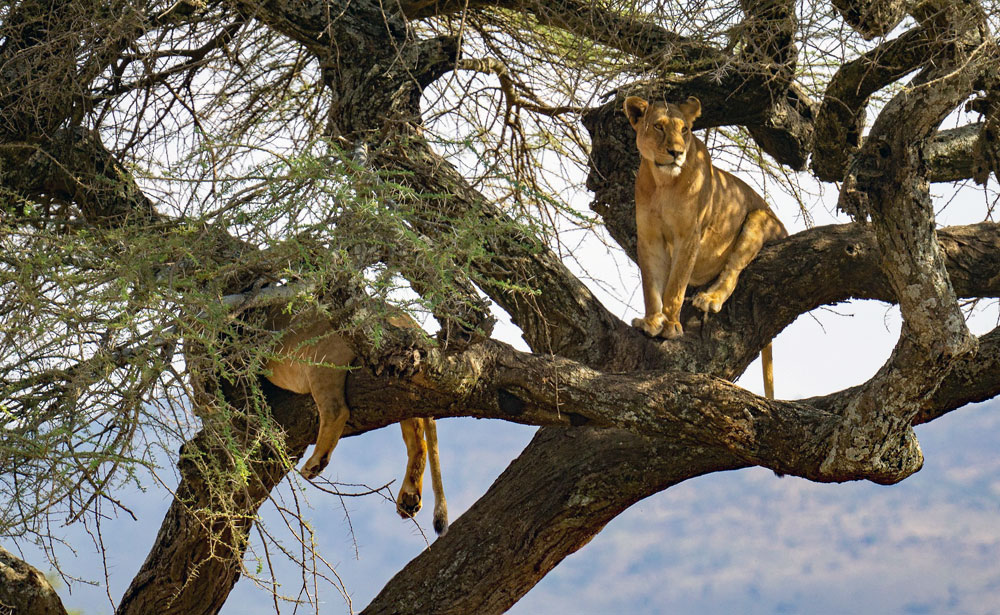
Tanzania, renowned for its stunning wildlife, offers incredible wildlife viewing opportunities throughout the year. However, choosing the best time to visit Tanzania depends on the unique wildlife you wish to witness.
If the epic wildebeest migration in the Serengeti tops your list, the ideal time to travel to Tanzania is between December and July. This period witnesses millions of wildebeest, zebras, and gazelles embarking on their quest for water and food, crossing from the south to the northern Serengeti – a spectacle not to be missed!
For enthusiasts yearning to see the Big Five – the lion, leopard, elephant, buffalo, and rhino, the dry season from June to October is your best bet. Sparse vegetation during these months makes wildlife spotting easier, enhancing your safari in Tanzania. This time also doubles as the best time to visit the Ngorongoro Crater, home to a rich concentration of wildlife.
So, whether you’re planning your first trip to Tanzania in 2023, or returning for more adventure, choosing the right season will make your Tanzania safari a memorable journey. Just remember to book well in advance, especially during the high season, to ensure your wildlife viewing is as magical as you dream.
Best time to visit Tanzania for trekking and mountain climbing
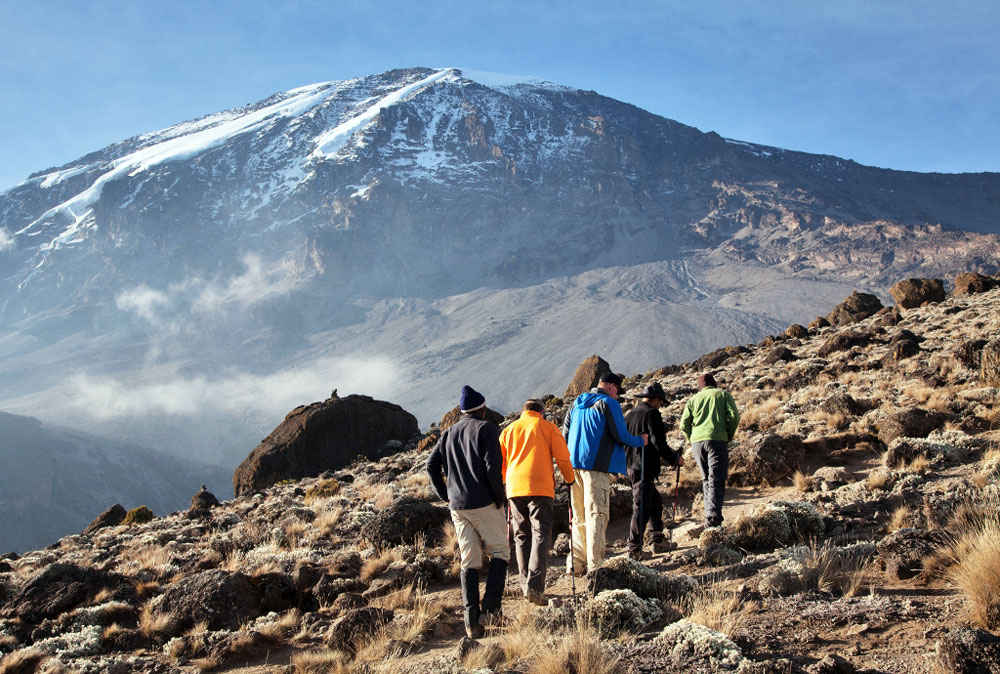
If the challenge of climbing Africa’s highest peak, Mount Kilimanjaro is calling you to Tanzania, then the best time to embark on this adventure depends on the route you take. Popular routes like Marangu, Machame, and Lemosho are best tackled during the dry season, which falls from June to October and again from December to February. With clear, dry weather during these months, your climb up Kilimanjaro becomes considerably easier and more enjoyable.
Alternatively, if Mount Meru, another of Tanzania’s majestic peaks, is on your list, then the optimal time to visit is between June and February. Here, you can expect dry weather and mild temperatures, perfect for a climb.
No matter your choice of mountain or route, remember to plan your trip to Tanzania well in advance, particularly if your visit aligns with the high season. And of course, don’t miss the chance to couple your climbing adventure with a safari experience to witness Tanzania’s phenomenal wildlife, the spectacular wildebeest migration, or a relaxing visit to the Zanzibar beaches post-climb.
Best time to visit Tanzania for beach holidays
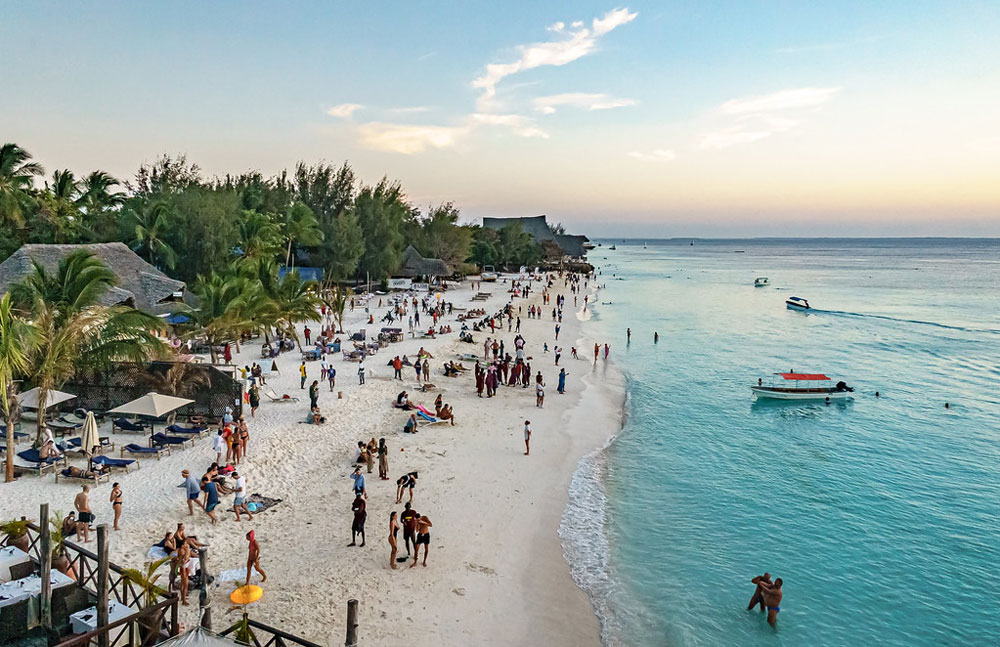
Looking to enjoy the pristine beaches of Tanzania in 2023? Timing your visit right can offer you the best of Tanzania’s coastal treasures. Zanzibar, Tanzania’s most renowned beach destination, boasts a tropical climate that welcomes visitors all year round. Yet, for the sunniest skies, plan your trip from June to September or between December and February when it’s the dry season.
The best time to explore beaches in Southern Tanzania is from June to October. With the dry climate and calm sea, it’s an ideal time for swimming and engaging in water sports.
Remember, the beauty of Tanzania is not just confined to its shores. Extend your beach holiday with a safari adventure in the Serengeti National Park or the Ngorongoro Crater. Witness the great wildebeest migration, savor wildlife viewing opportunities, or explore the majestic Kilimanjaro. Tanzania’s treasures extend from beach to bush, making any time of year the best time to visit, provided you plan well in advance.
Tips for planning your Tanzania trip
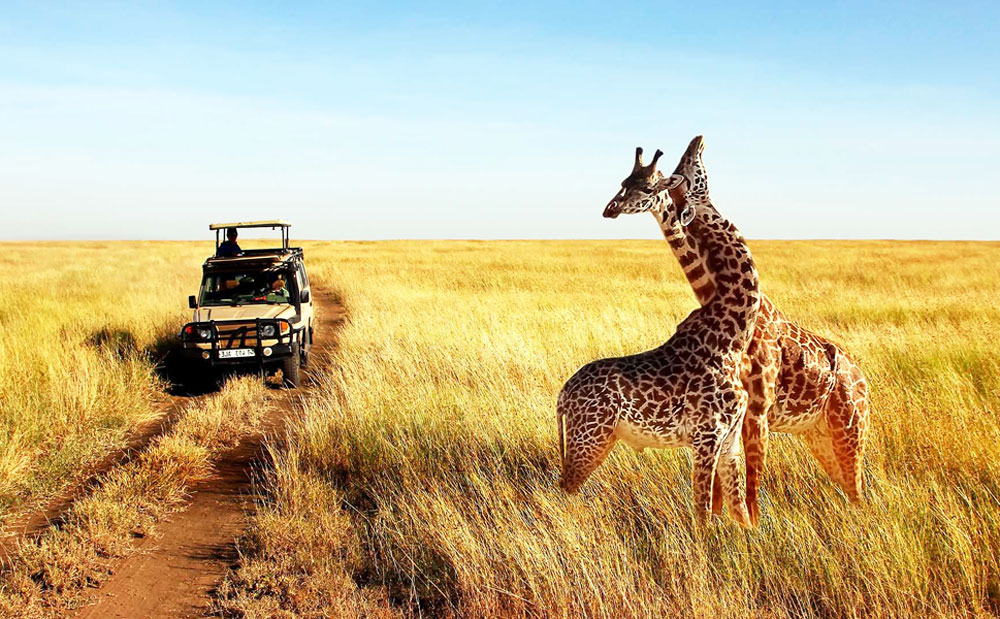
As you gear up for your 2023 adventure to Tanzania, keep these tips handy to make the most of your trip.
Just remember, whether you’re heading to Tanzania for the first time or returning for more, every season in Tanzania offers a unique spectacle, be it the great herds crossing the Mara River or the migratory birds adorning the sky. Enjoy every moment of your Tanzania adventure!
Conclusion
Tanzania is indeed a one-of-a-kind destination catering to every interest, whether you’re interested in wildlife, culture, or adventure. By choosing the right time to visit, you can enhance your experience and avoid the crowds.
Whether you’re planning a safari adventure or a beach getaway, we hope this article has provided you with the information you need to plan your dream trip to Tanzania.

